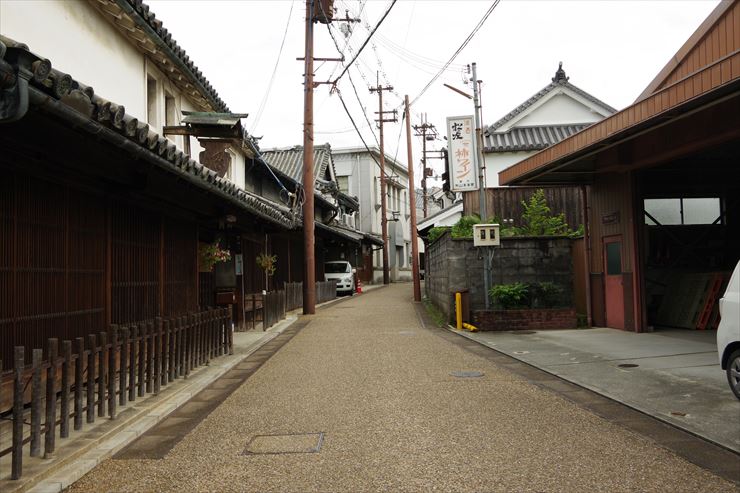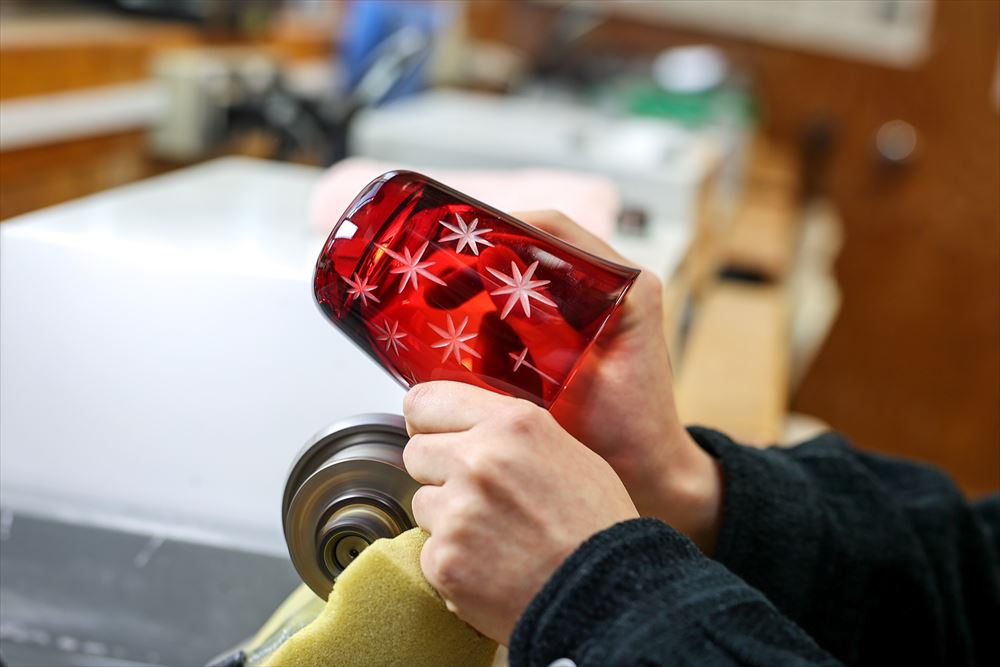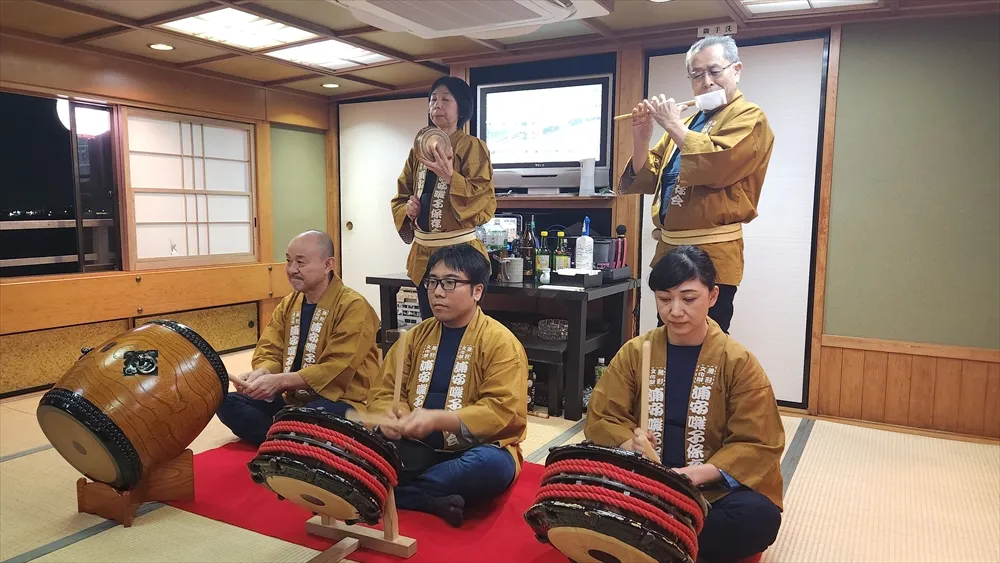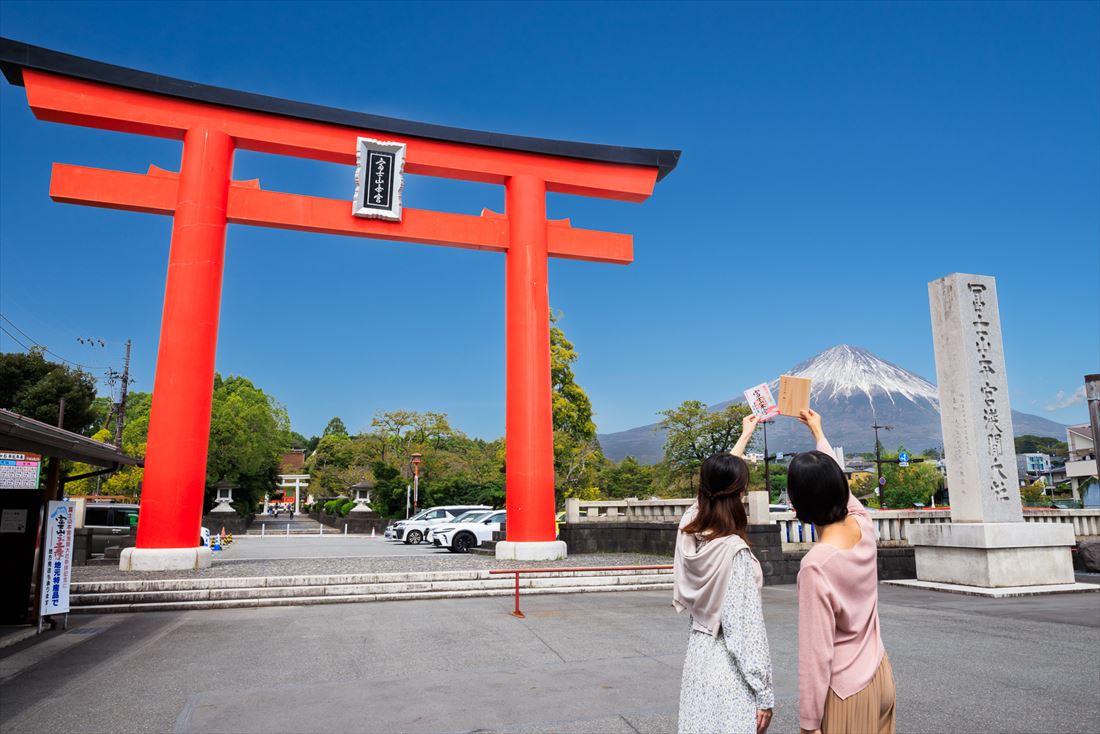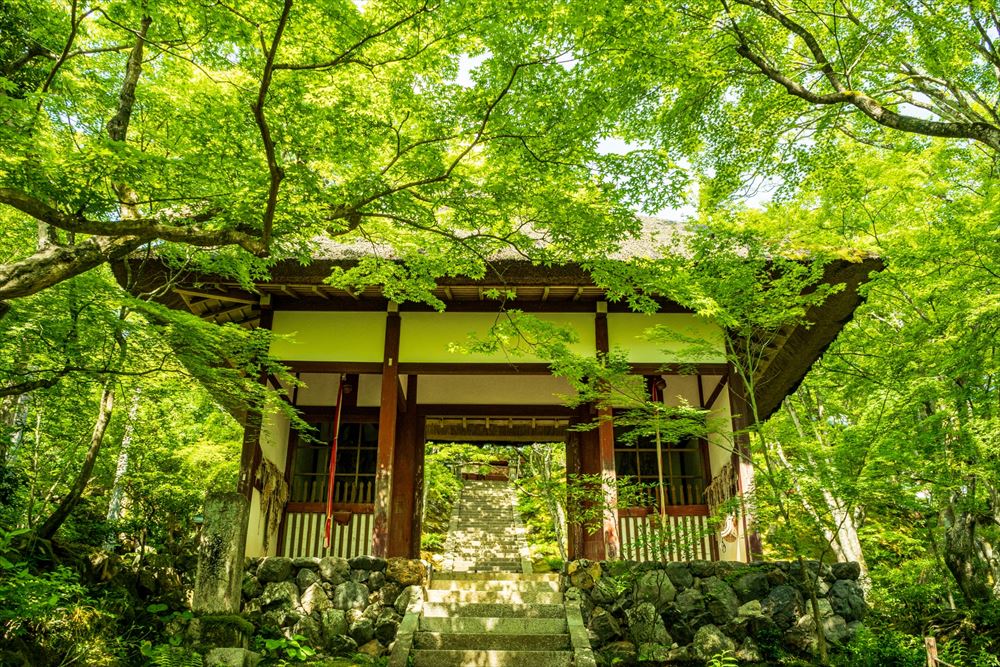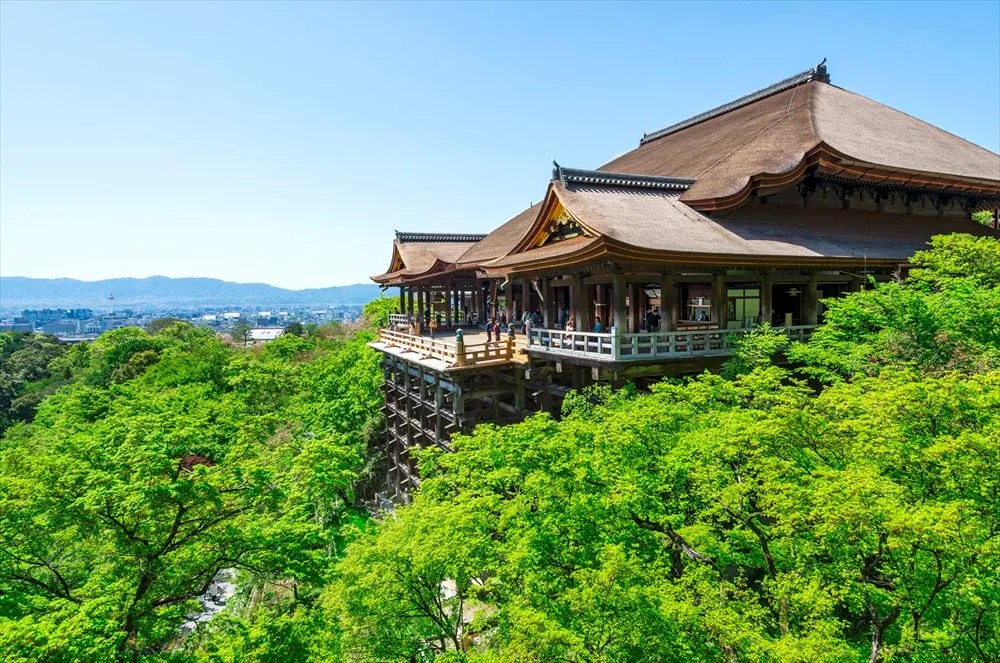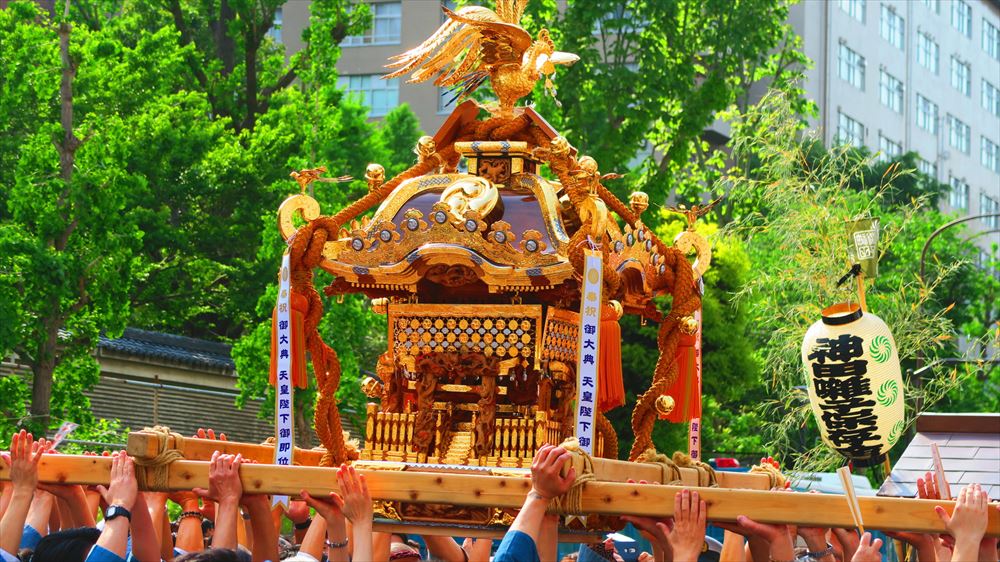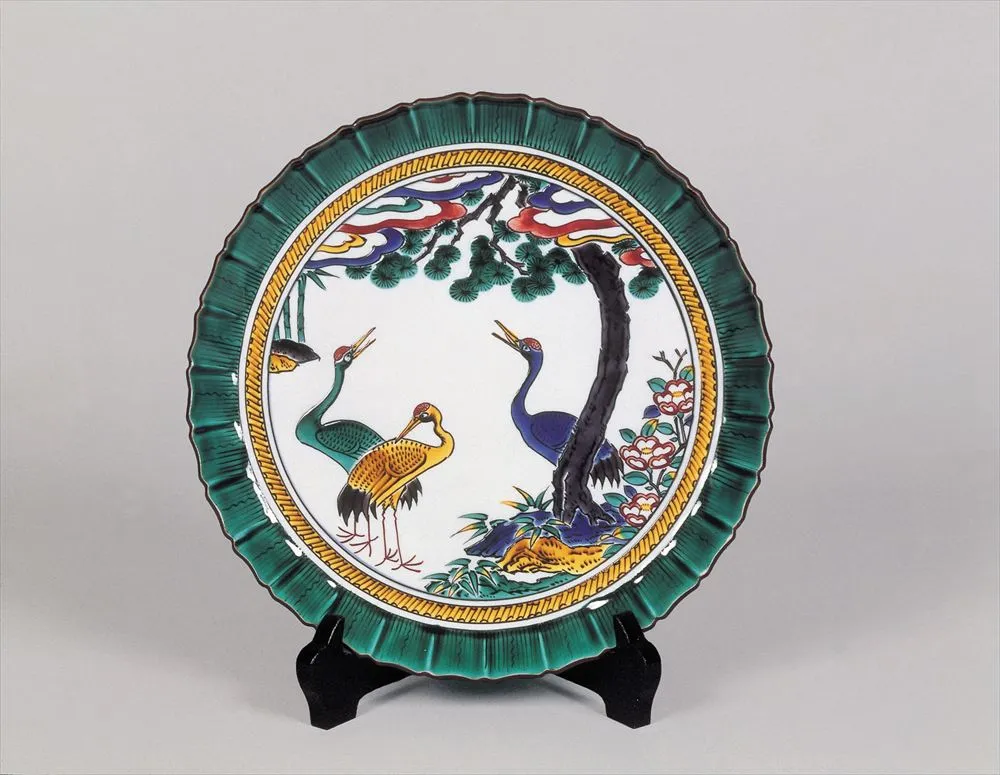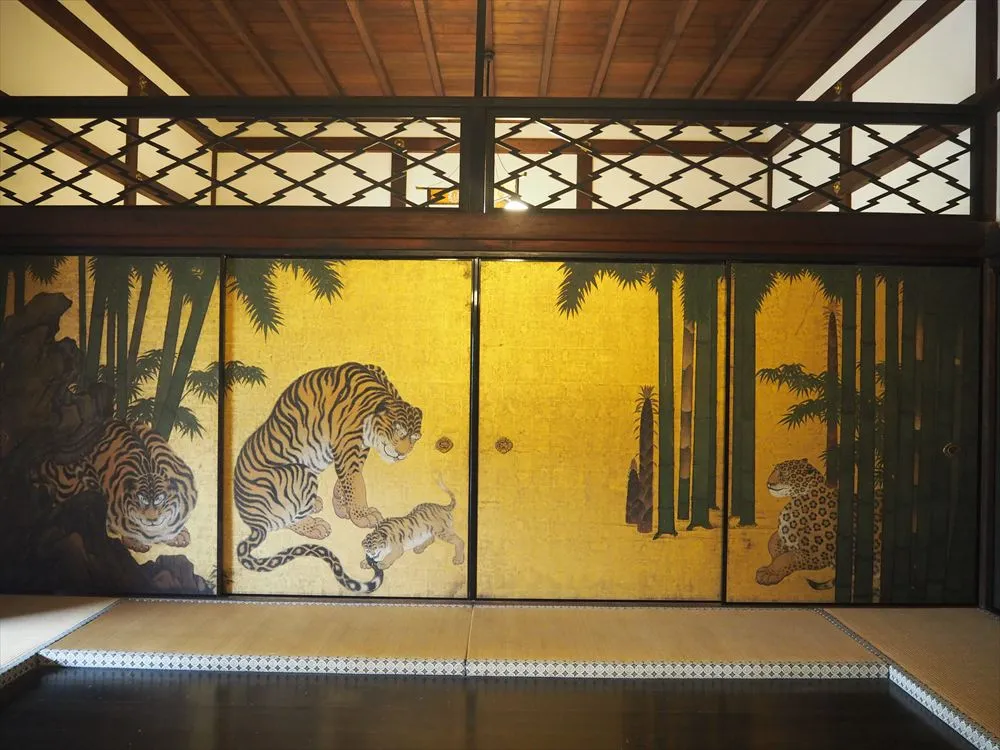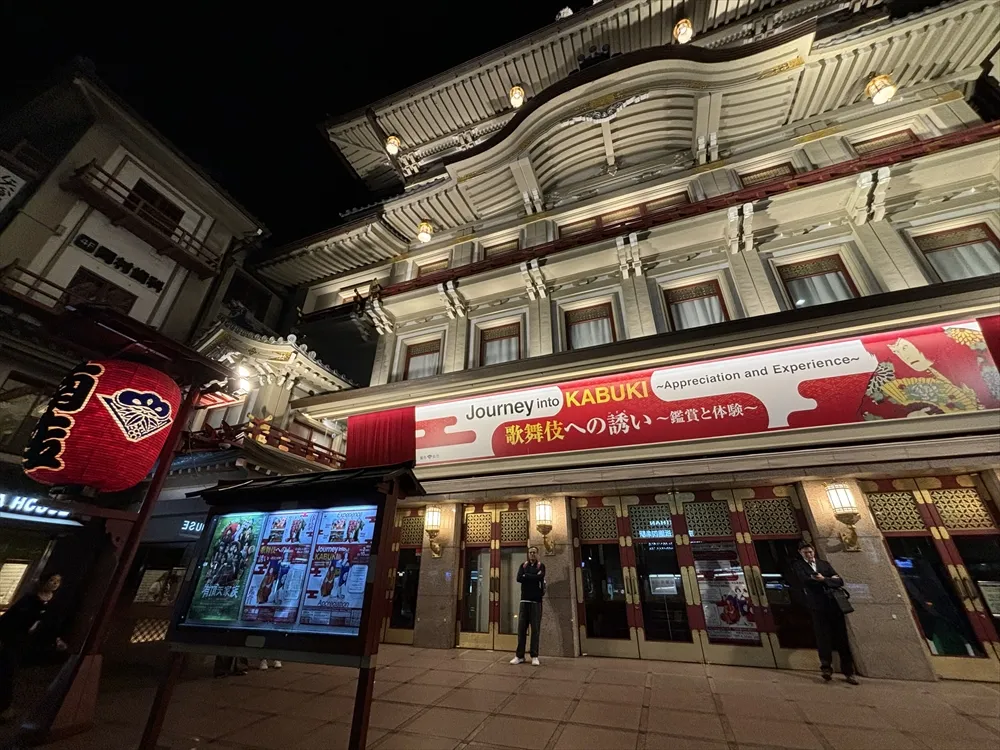
Experience and Appreciate Kabuki at Kyoto’s Minamiza Theatre! A Kabuki Experience for Beginners “Journey into KABUKI / -Appreciation and Experience-.”
From November 2 to November 10, 2024, the iconic Minamiza Theatre in Kyoto hosted “Journey into KABUKI / -Appreciation and Experience-.” Kabuki, a traditional Japanese performing art with over 400 years of history, is often seen as complex or intimidating. This event aimed to dispel such perceptions by offering not only Kabuki performances but also interactive programs to make learning about Kabuki enjoyable.
A Kabuki Experience for Beginners “Journey into KABUKI / -Appreciation and Experience-.”
┃A Historic Theater in the Heart of Kyoto
Minamiza Theatre, located a ten-minute walk from Kyoto-kawaramachi Station (Hankyu) Exit 1 and close to the bustling Gion area, is said to be the oldest theater in Japan. For over four centuries, it has showcased Kabuki performances. Its traditional facade and the opulent interior, adorned in red and gold, leave visitors in awe.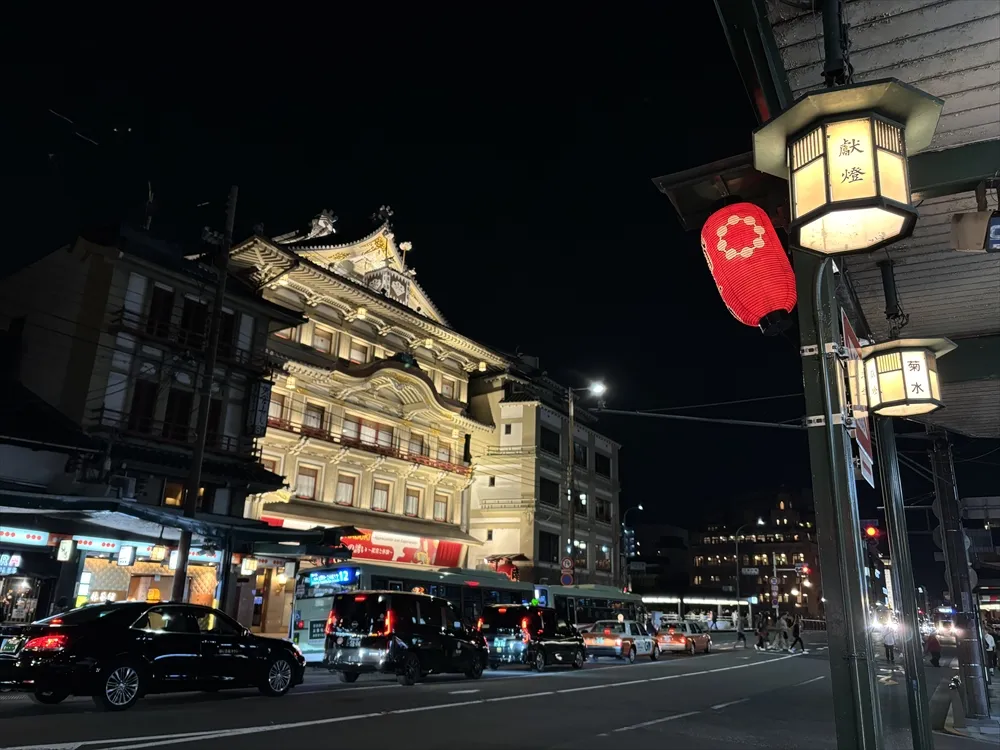
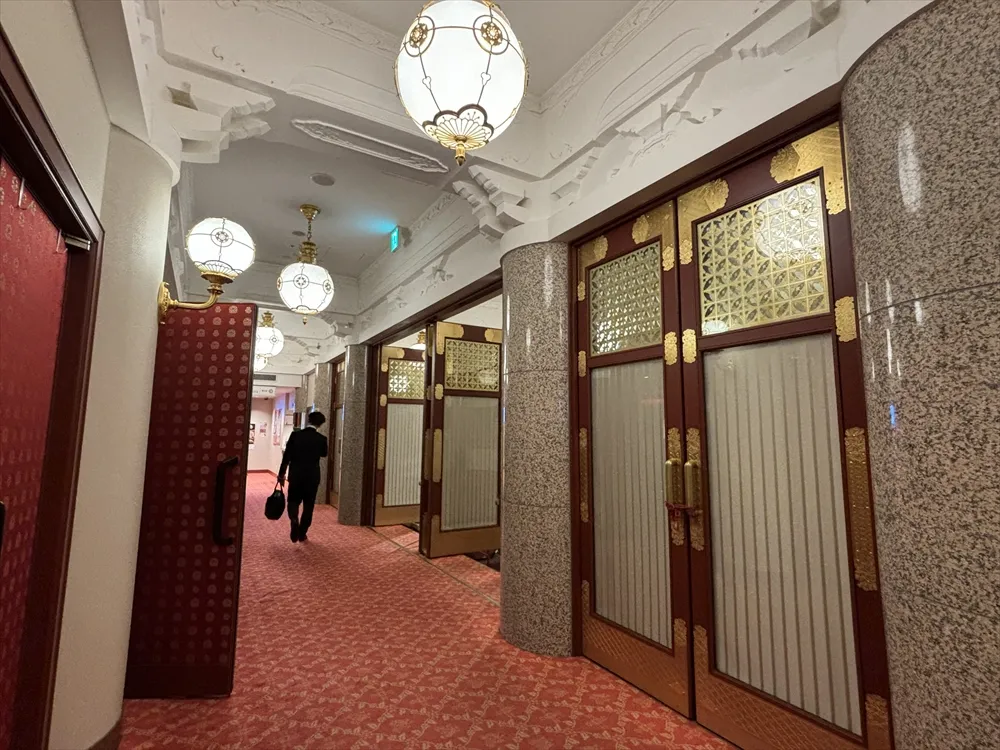
┃Interactive Kabuki Experiences: Try Costumes and Props
The experience begins even before taking your seat. In the lobby, a special interactive corner is set up, accessible before and after the performance and during intermissions. Visitors can handle stage props, create sound effects, and even try on costumes used in Kabuki.
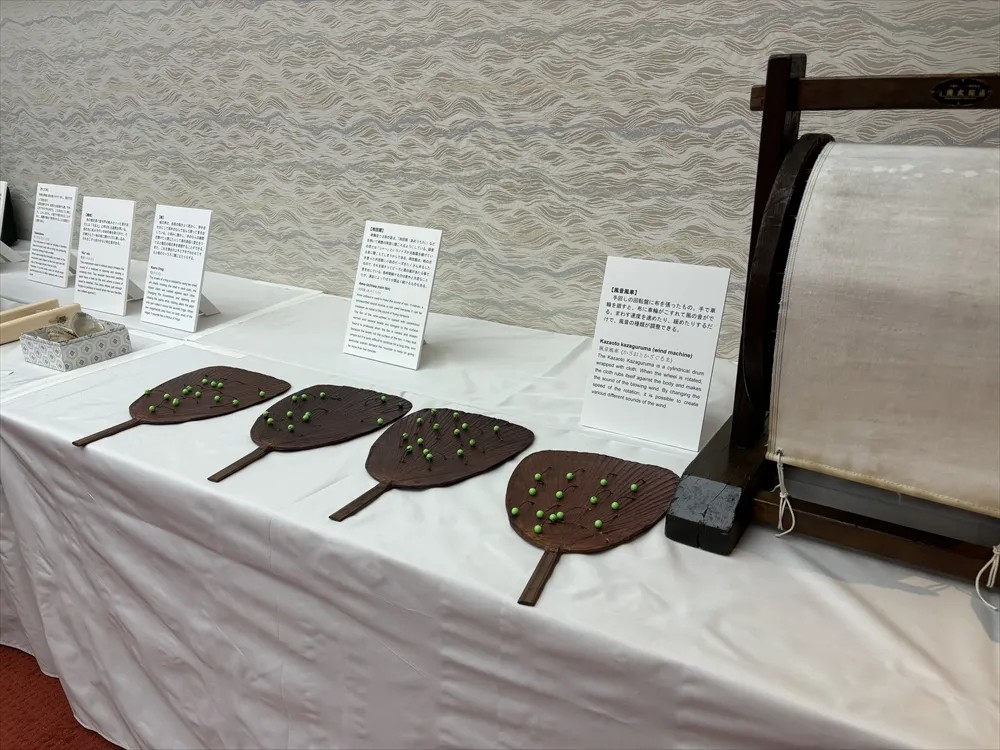 There’s also an opportunity to dress in Kabuki costumes and take commemorative photos.
There’s also an opportunity to dress in Kabuki costumes and take commemorative photos.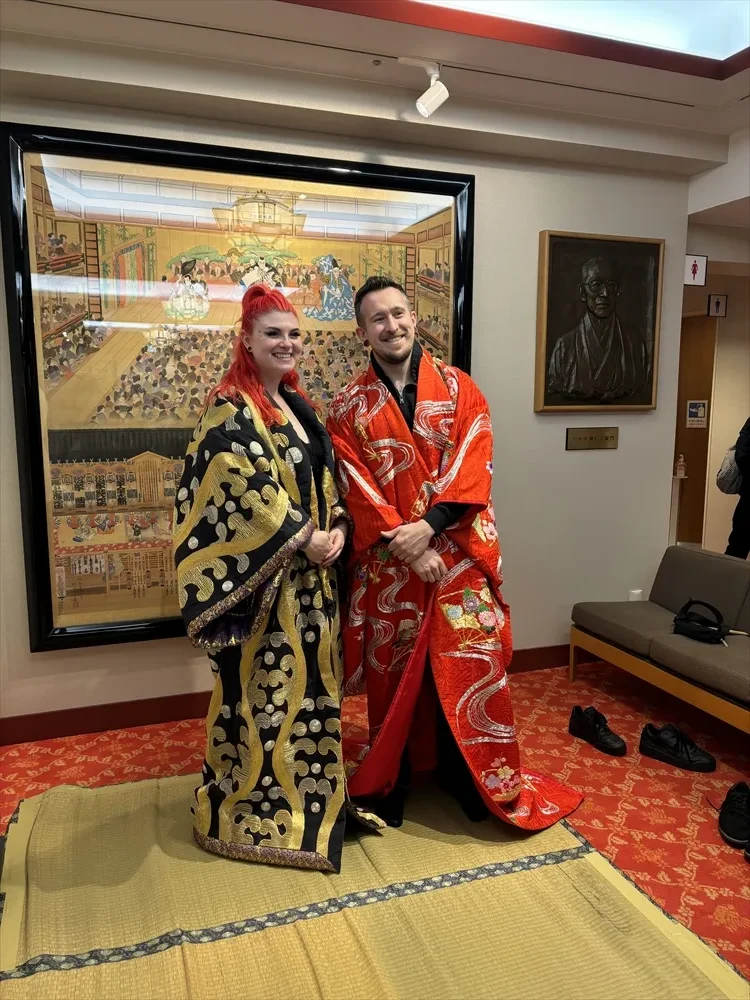 One notable prop is the tsukegi (clappers) and tsukeita (wooden board), which emphasize actors’ movements. I tried my hand at creating these sound effects under the guidance of an instructor.
One notable prop is the tsukegi (clappers) and tsukeita (wooden board), which emphasize actors’ movements. I tried my hand at creating these sound effects under the guidance of an instructor.
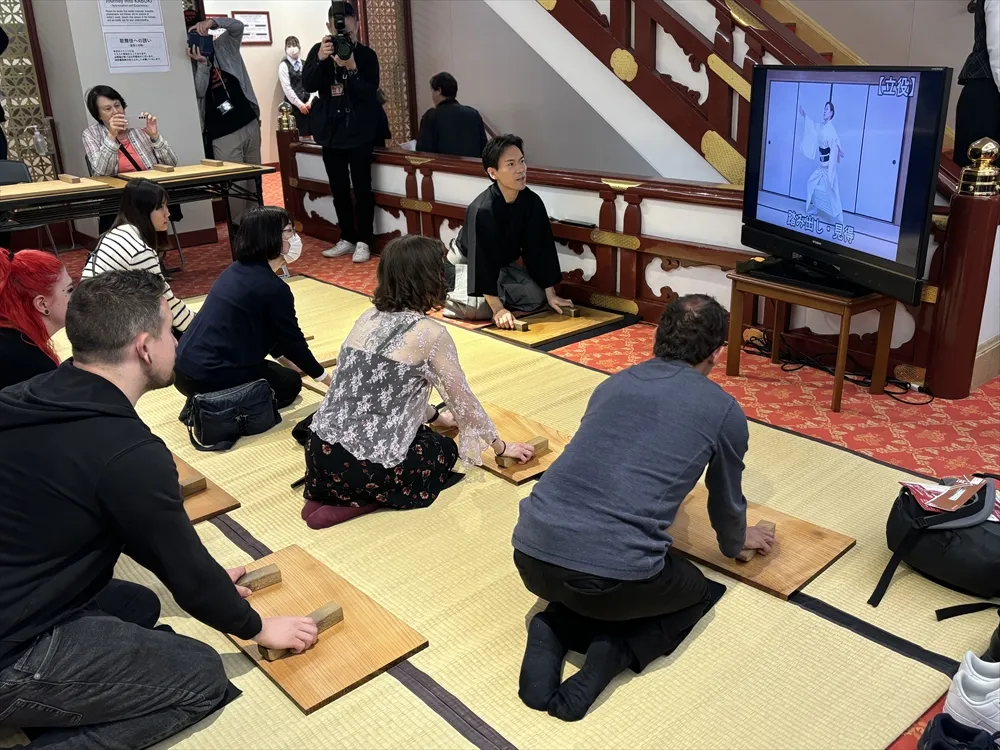
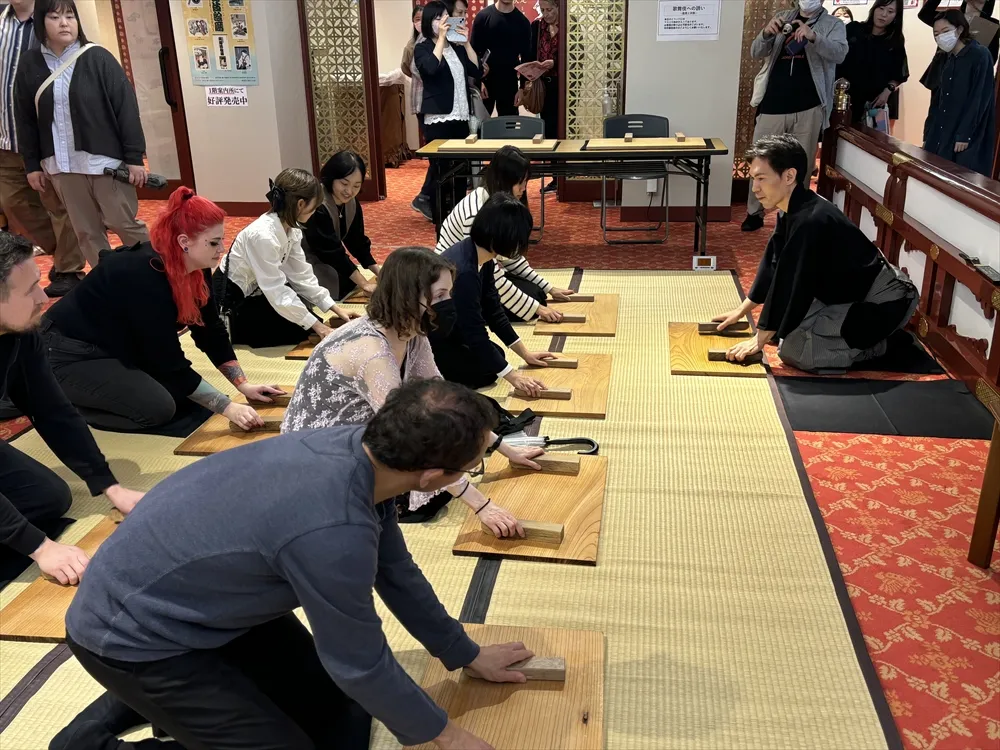
| “The Right Prop Transforms Expression” So says Mr. Shimotani, the deputy manager of Minamiza Theatre. Although there are many practical and lightweight materials available today, traditional props remain indispensable because they enable expressions that can only be achieved through their use and are essential for preserving the authenticity of Kabuki. |
┃Part 1: What is Kabuki? Fun Explanations in English and Japanese by Kabuki Actors
The event began with an introduction to Kabuki by actors, delivered in both Japanese and English, followed by a live performance in the second half. An English interpreter on stage ensured accessibility for all attendees. The basics of Kabuki, including its history and foundational elements, were explained with clarity, making it easy for beginners to follow along. Screens on stage displayed visuals and explanations to enhance understanding.
The actors’ humorous commentary often had the audience laughing throughout.
Kabuki, a blend of song, dance, and drama, originated over 400 years ago when Izumo no Okuni performed kabuki odori (kabuki dance) in Kyoto. While Kabuki may seem highbrow today, it was originally a form of popular culture.
After the explanations, a lucky audience member was invited on stage to try on the costume of the “Red Princess” (Aka-hime). On this occasion, a male visitor from abroad transformed into a graceful princess, drawing cheers and applause from the audience. The interactive nature of the event fostered a sense of connection among the attendees.
Following a 15-minute intermission, the much-anticipated performance began.
┃Part 2: Watching a Kabuki Performance
The featured performance was Shōjō, a story inspired by Chinese folklore.
Highlights of the Performance
★1. Magnificent Costumes
The actors’ movements highlighted the gold-embroidered costumes, captivating the audience. These dazzling outfits are not just for show; they reflect the flamboyant style of kabukimono—individuals who embraced eccentric and avant-garde trends, embodying the essence of Kabuki.
★2. The Art of “Onnagata”
In Kabuki, only adult men are allowed on stage, and male actors perform female roles, a practice known as onnagata. In this performance, two characters—a young woman selling sake and a childlike mythical beast—were portrayed by male actors. The graceful movements of flipping the hem of the kimono, appear just like those of a real woman.
★3. Musical Accompaniment
The performance was enriched by the sounds of shamisen, drums, and other traditional instruments. Even the tsuke props used during the interactive program made an appearance. The intricate layering of multiple sounds blending into a single piece of music is so captivating that you can’t help but be drawn in.
| Insights from the Deputy Manager
Mr. Shimotani recommended the English audio guide, available for select performances, to deepen appreciation of Kabuki. “A Life-Changing Experience Awaits at Minamiza” |
If you visit Kyoto, don’t miss the chance to enjoy Kabuki at Minamiza Theatre!
| URL | https://www.kabukiweb.net/theatres/minamiza/ |
Minamiza Kabuki Appreciation Class
In May 2025, Minamiza will host the Kabuki Appreciation Class, a program tailored for beginners.
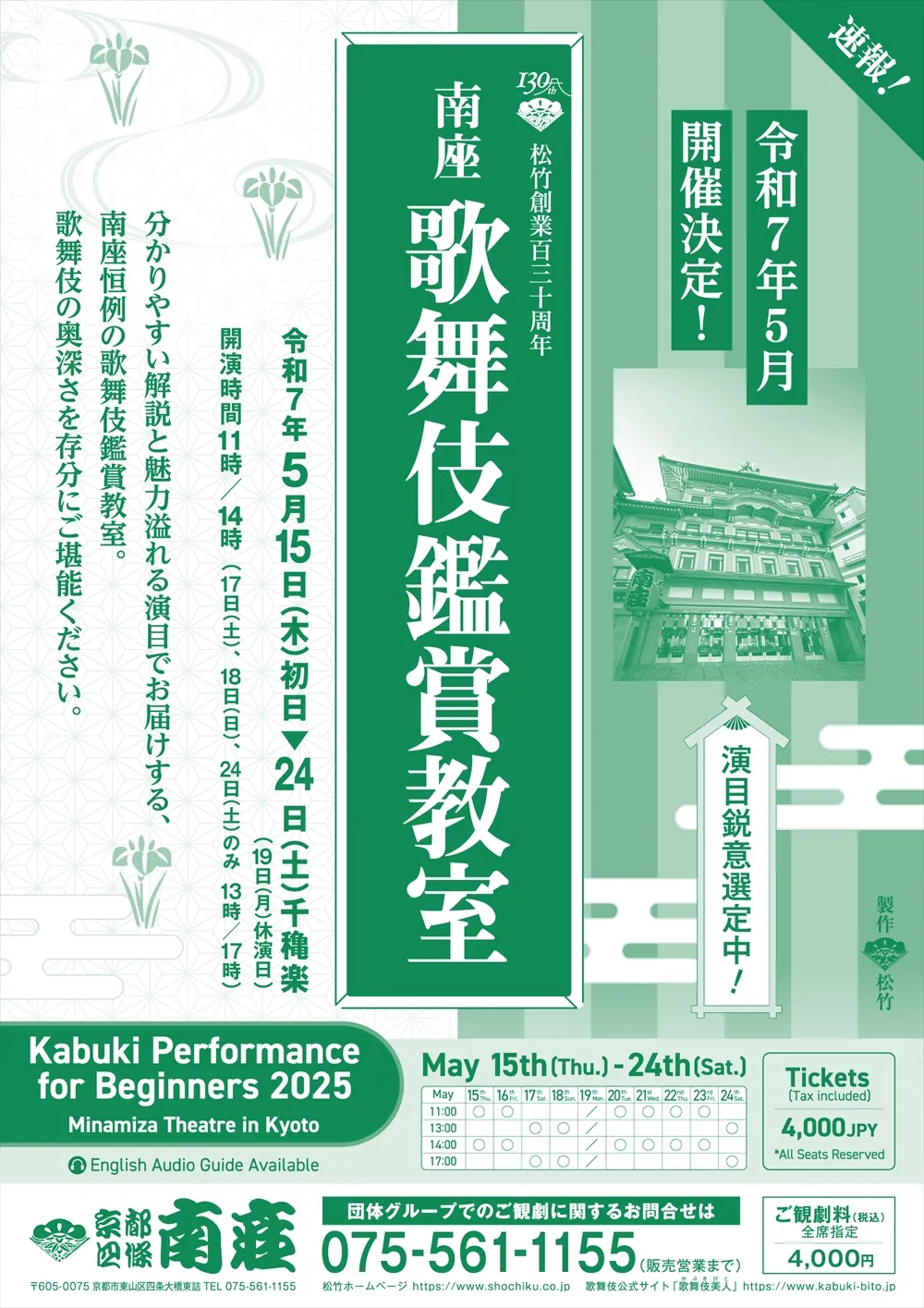
| Minamiza Kabuki Appreciation Class Dates: May 15 (Thu) – May 24 (Sat), 2025 (No performance on May 19) Tickets: 4,000 yen (tax included) Details: Further information and ticket availability will be announced on the official website. |
| URL | https://www.kabuki-bito.jp/theaters/kyoto/play/925 |
